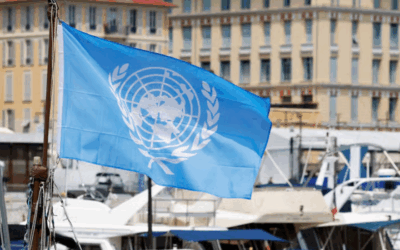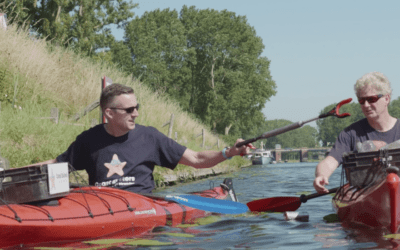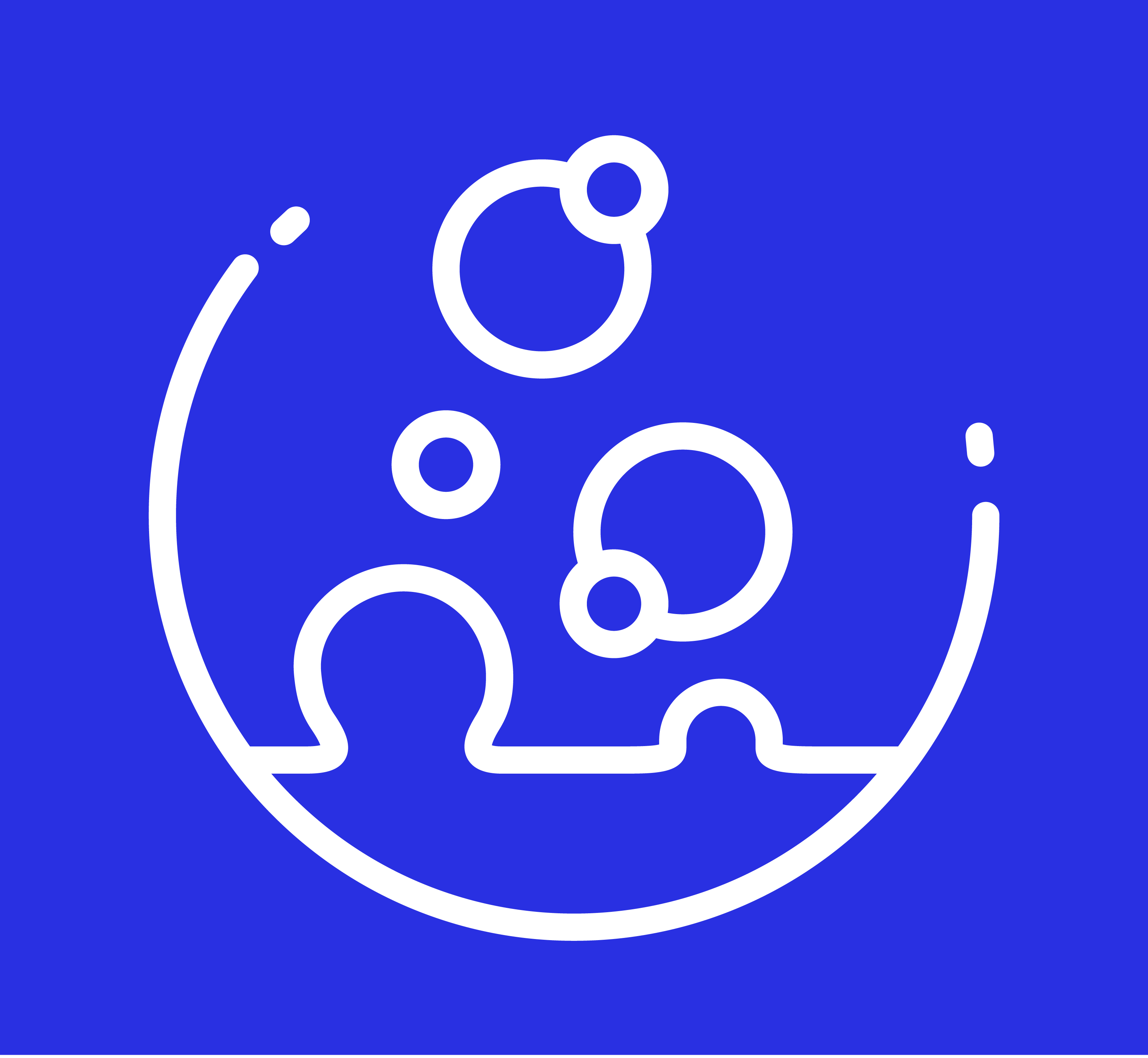Plastic is a useful and durable material, so why do we use it for items that we will discard in a second? In a world where we are so dependent on plastic, what are the alternatives? In this blog post, we meet five plastic-free innovators who developed an alternative to plastic.
Author: Cristina Barreras
Every year, 19-23 million tonnes of plastic waste leak into our aquatic ecosystems [1]. Land-based sources contribute to at least 80% of marine litter, with about 85% being plastic [2]. The problem of plastic is becoming clear, and the demand for alternatives is growing. Innovators around the world are developing plastic-free solutions to reduce our dependency.
Notpla: Seaweed-based packaging
Founded in 2014 by Pierre Paslier & Rodrigo Garcia, Notpla is a sustainable packaging company based in London. Notpla is on a mission to tackle the waste produced by single-use packaging. The solution? Packaging from seaweed and plants. They have created a wide range of packaging products. From coating for containers to bubbles that hold liquids and zero-waste paper. Some of their products are edible, some are compostable, and some dissolve in water [3].
Notpla’s impact is all-encompassing. By the end of 2024, they had replaced over 16 million items on the market [4]. They have pledged to replace 1 billion units of plastic by 2030 [5]. The seaweed farmed for their products captures carbon 20 times faster than trees. This helps combat a major driver of the climate crisis. Seaweed farms also support marine life by increasing fish populations. Additionally, it provides new economic opportunities for fishing communities [6].

MycoBuoys: Fungus-based floating solutions
Sue Van Hook launched MycoBuoys in 2022. Her goal was to reduce plastic waste in our ocean by turning fungi into buoys. Around 20% of the plastic in our ocean and on beaches originates from activities at sea [7]. The gear is often lost, snaps and drops into the sea, and buoys are often abandoned. Most of the buoys consist of styrofoam or other polystyrene plastic compounds. When pieces break off or disintegrate in the ocean, they join microplastics that end up in our seafood [8].
Van Hook was a mycologist at Ecovative Design. This is a technology company that focuses on using mushroom-based materials. This is where she realised the potential of fungi for creating buoys. MycoBuoys are created using wood-rotting fungi and hemp. The idea is to have a design that can fuel a circular economy. People buy their buoys at a reasonable price. At the end of their cycle, the company buys them back and dries them to create a fertiliser. You can even compost them in your own garden [9]. In this way, the buoys can break down and plastic cannot seep into our daily lives.

Grown BIO: Mycelium-based packaging & products
Grown BIO is another company using mycelium to produce products. Their main goal was to tackle our reliance on single-use plastic. Jan Berbee launched Grown Bio in 2018. He was looking for an alternative to plastic foam and single-use plastic. They have a focus on protective packaging for the delivery and storage of products.
The positive impact of mycelium packaging goes further than reducing single-use plastic. Its production process requires less energy compared to products like plastic or cardboard. Grown BIO also considers the importance of the end-of-life of products. This is why their products are also 100% home and marine compostable [10]. Mycelium is a very versatile material. Grown Bio has collaborated with other industries to create products. These include road signposts, mannequins, and even surfboards [11].

Mycotech Labs (MYCL): Mushroom-based leather
Adi Reza Nugroho is the co-founder and CEO of Mycotech Lab (MYCL). Founded in 2015, MYCL is a biotech start-up that focuses on producing sustainable materials. Traditional leather production uses toxic chemicals that make up 8-10% of global emissions in the fashion industry [12]. MYCL developed a solution to this by using crop waste and mushroom-growing technology to cultivate mycelium. The technology developed is called Mylea [13].
MYCL has plans to reach a wider audience. They currently operate in 14 regions and want to expand more widely across Asia and Europe by 2030. By 2030, they aim to turn 20,000 tonnes per year of crop waste into mycelium leather. This would cut carbon emissions by around seven million tonnes per year [14]. Additionally, MYCL helps farmers by giving them an extra source of income. Their collection ranges from house items like table lamps to surfboards and shoes [15].

Keel Labs: Seaweed-based fibres
Keel Labs was founded by Tessa Callaghan and Aleks Gosiewski. As design students, they were looking for ways to combat the issue of textile waste in the fashion industry. It began as AlgiKnit in 2017 and officially became Keel Labs in 2022. To tackle the waste problem, they looked at the source: the material [16].
They created a fibre called Kelsun®. It is made with a biopolymer extracted from seaweed. Seaweed has many advantages as it is a regenerative organism and absorbs carbon dioxide in the ocean. This creation is a drop-in solution, meaning it can integrate into the existing textile production infrastructure. This makes it easy for manufacturers and brands alike to implement [17].

A plastic-free future
The fight against plastic pollution requires collective action from individuals, industries, and policymakers.
These five plastic-free innovators show us that alternatives to plastic are possible. These products can help reduce plastic waste and help us move to a circular economy.
Oftentimes, innovators look at nature for design solutions. When doing so, they produce products that work in harmony with nature rather than against it. We should encourage this through policy change and through our own power as consumers.
Interested in taking action as a citizen? Visit our website for more insights on what you can do to help keep our rivers clean.
References
[1] UN Environment Programme, n.d., Plastic Pollution, available at: https://www.unep.org/plastic-pollution
[2] European Environment Agency, n.d., Plastics, available at: https://www.eea.europa.eu/en/topics/in-depth/plastics
[3] Packaging Europe, The story behind Notpla’s 23 million funding round, 2024, available at: https://packagingeurope.com/features/the-story-behind-notplas-23-million-funding-round/12104.article
[4] Packaging Europe, The story behind Notpla’s 23 million funding round, 2024, available at: https://packagingeurope.com/features/the-story-behind-notplas-23-million-funding-round/12104.article
[5] Notpla, Notpla’s Theory of Change – How regenerative packaging helps restore planetary health, available at: https://www.notpla.com/impact
[6] The Earthshot Prize, Notpla, n.d., available at: https://earthshotprize.org/winners-finalists/notpla/#:~:text=Notpla%20is%20an%20alternative%20to,the%20cosmetic%20and%20fashion%20industry
[7] Environmental Investigation Agency, n.d., Fishing Gear – EIA Reports, available at:https://reports.eia-international.org/a-new-global-treaty/fishing-gear/
[8] Lie-Nelsen, K., 2024, Meet the Mycologist Stopping Ocean Plastics, One Mushroom Buoy at a Time, Modern Farmer, available at: https://modernfarmer.com/2024/07/stopping-ocean-plastics-one-mushroom-buoy-at-a-time/
[9] Lie-Nelsen, K., 2024, Meet the Mycologist Stopping Ocean Plastics, One Mushroom Buoy at a Time, Modern Farmer, available at: https://modernfarmer.com/2024/07/stopping-ocean-plastics-one-mushroom-buoy-at-a-time/
[10] Grown BIO, n.d., Protective Packaging: Redefining the Future with Mushroom Packaging, available at: https://www.grown.bio/protective-packaging/
[11] Grown BIO, n.d., Our Solutions, available at: https://www.grown.bio/solutions/
[12] The Earthshot Prize, n.d., MYCL, available at: https://earthshotprize.org/winners-finalists/mycl/
[13] MYCL, n.d., Turning Agroforestry Waste Into Sustainable Mycelium Material, available at: https://mycl.bio/material/
[14] The Earthshot Prize, n.d., MYCL, available at: https://earthshotprize.org/winners-finalists/mycl/
[15] MYCL, n.d., Sustainability Impact, available at: https://mycl.bio/sustainability/
[16] Keel Labs, n.d. About us, available at: https://www.keellabs.com/about
[17] Keel Labs, n.d., Kelsun, available at: https://www.keellabs.com/kelsun




